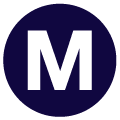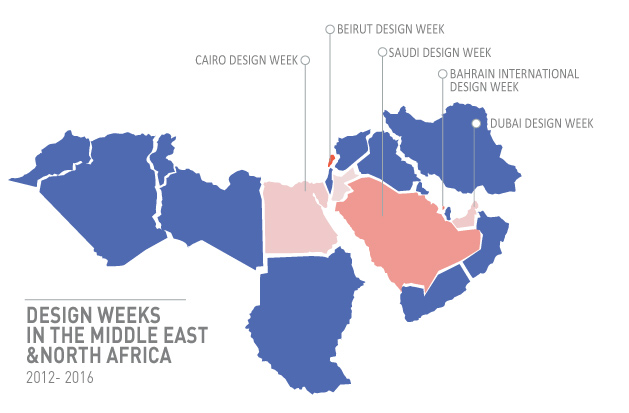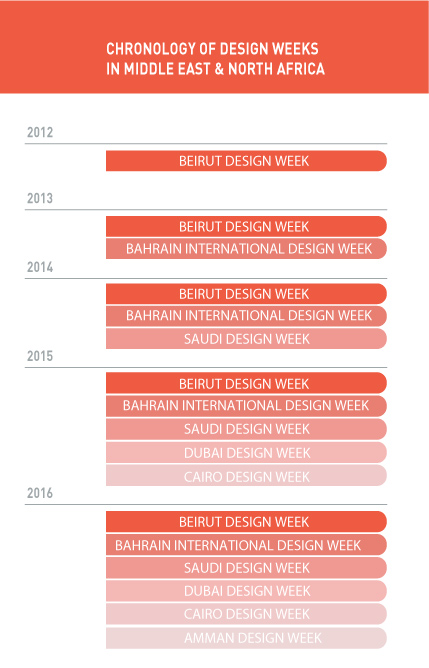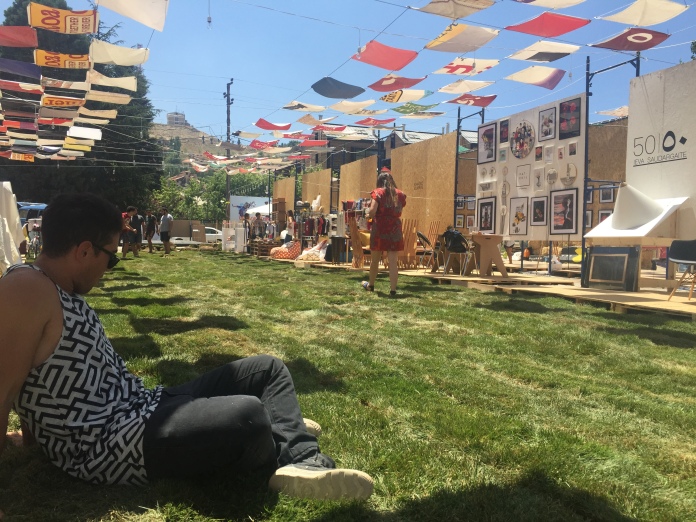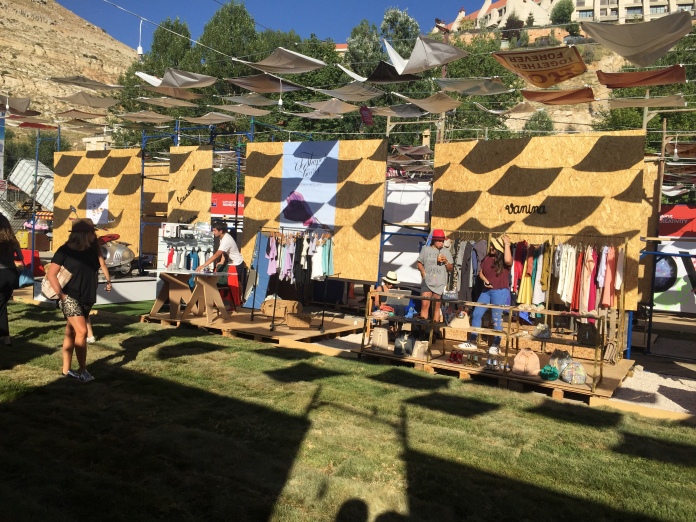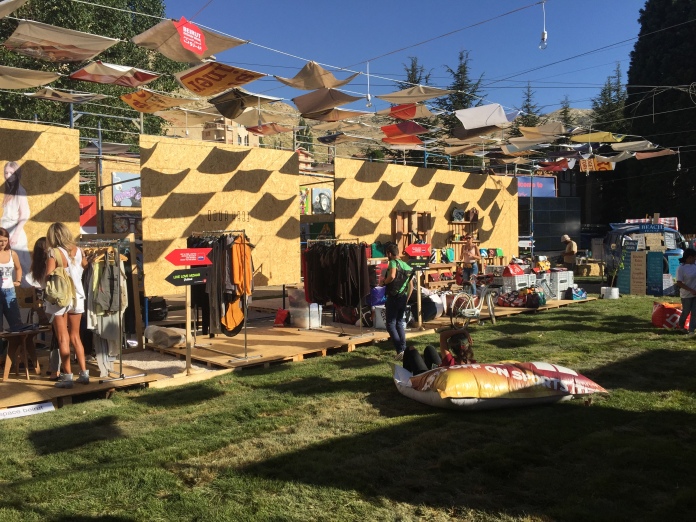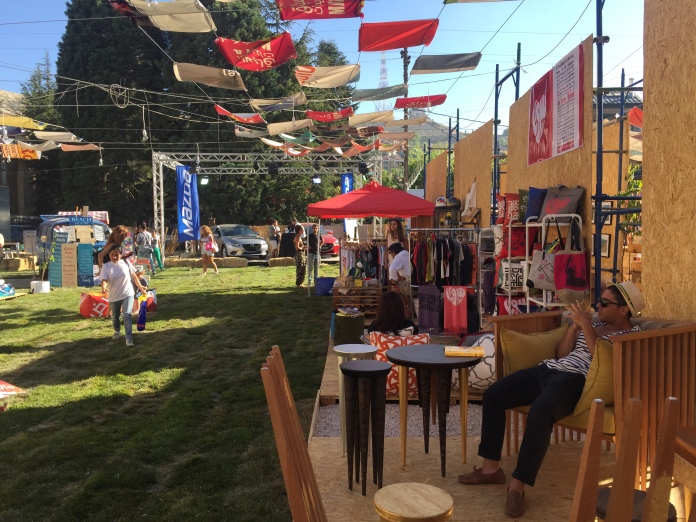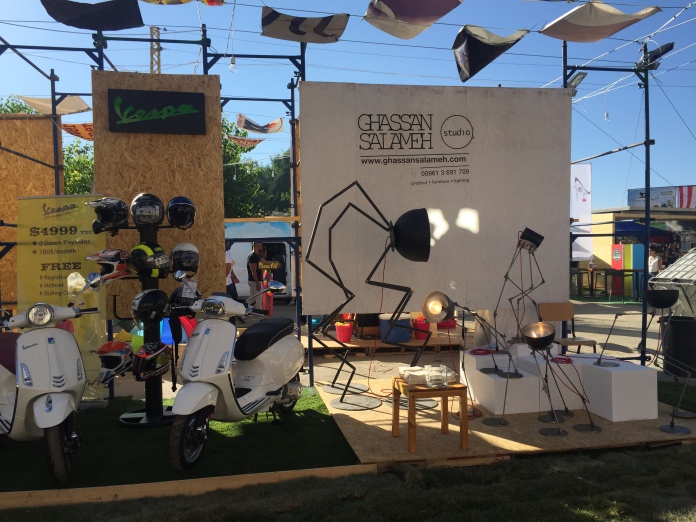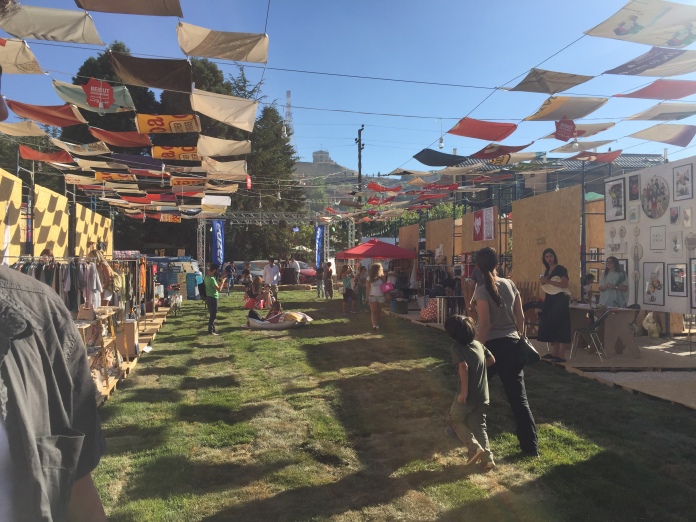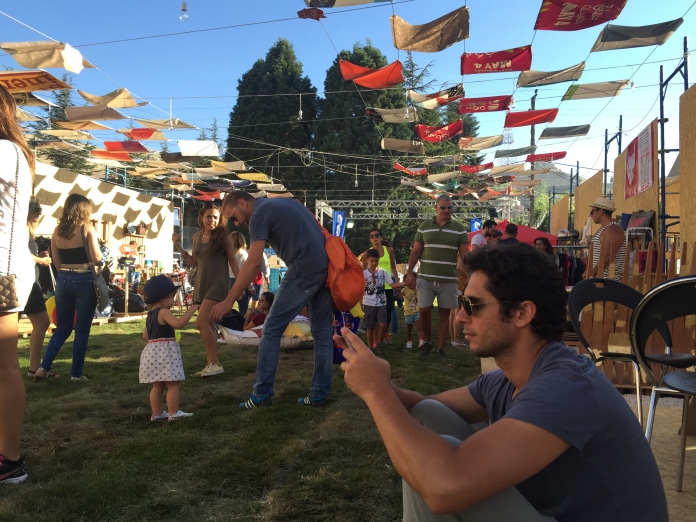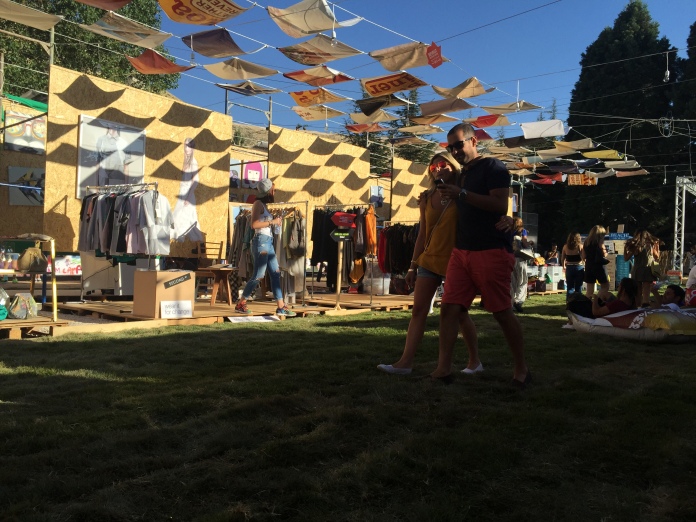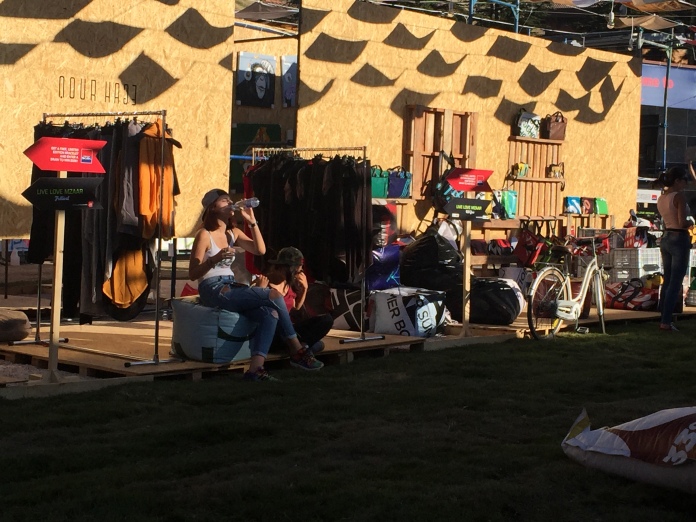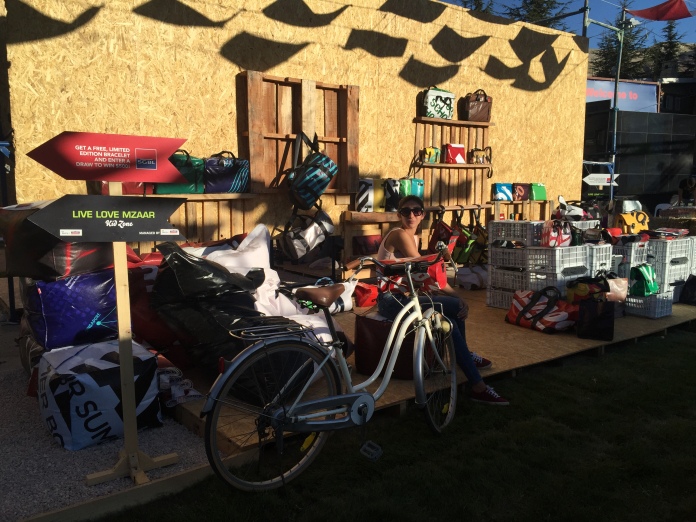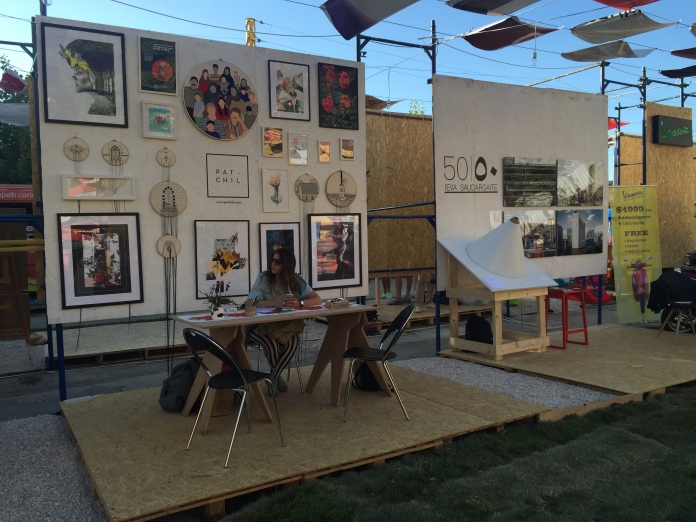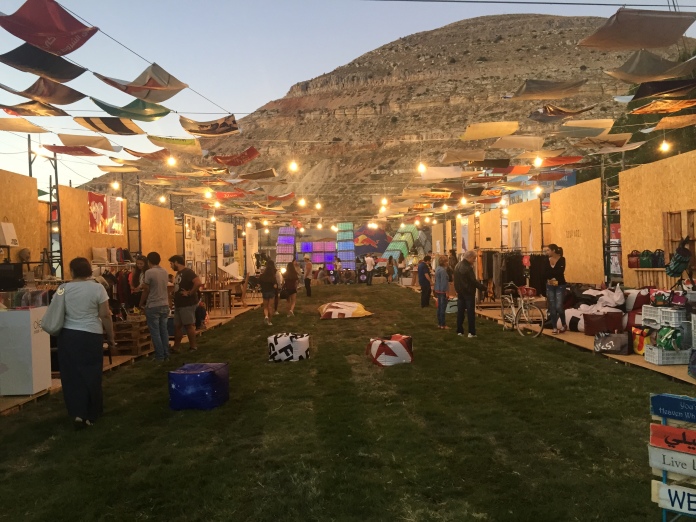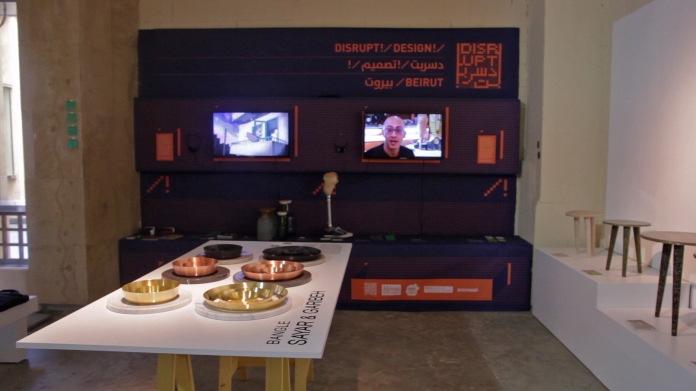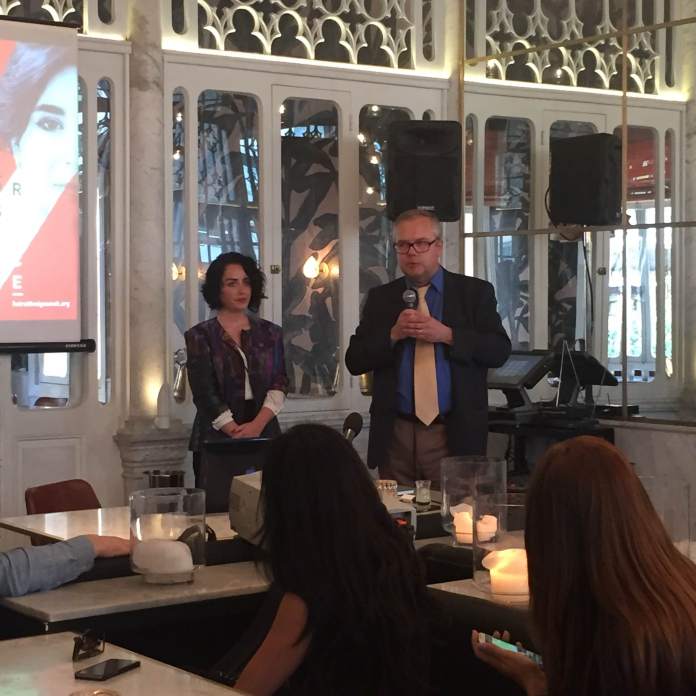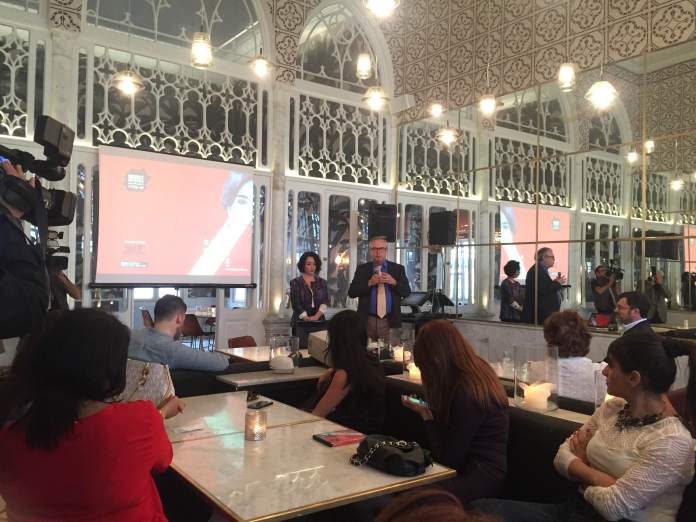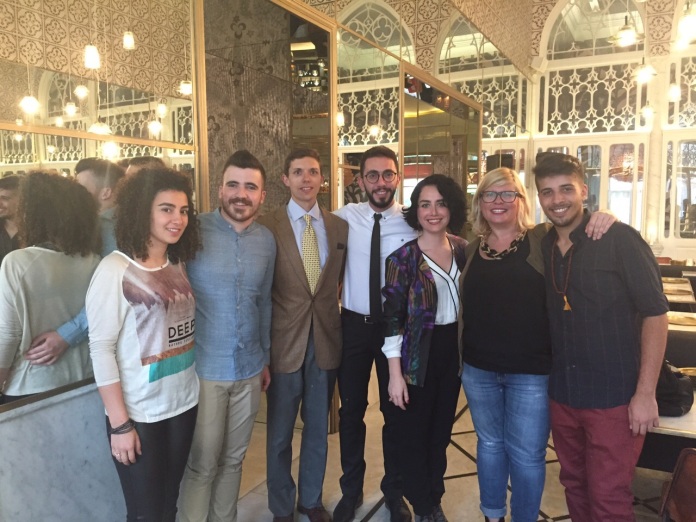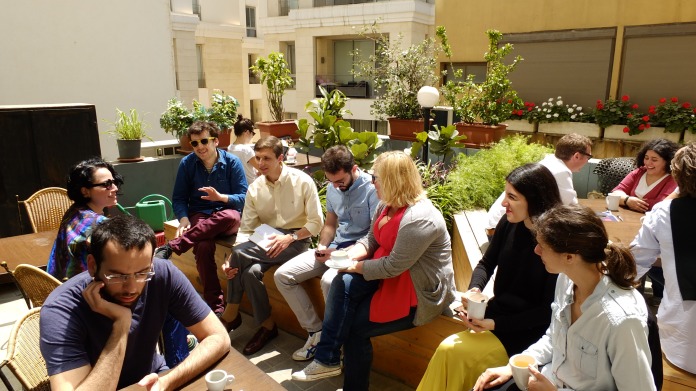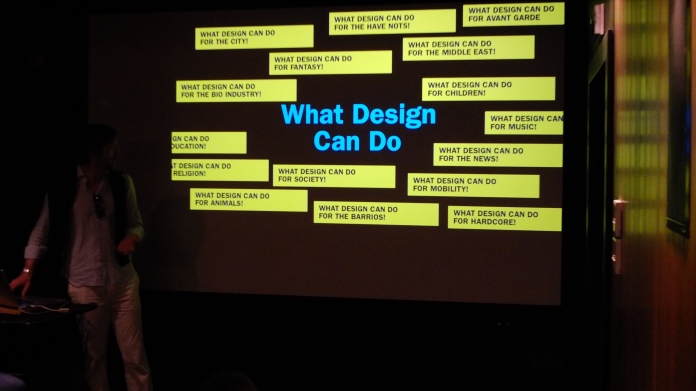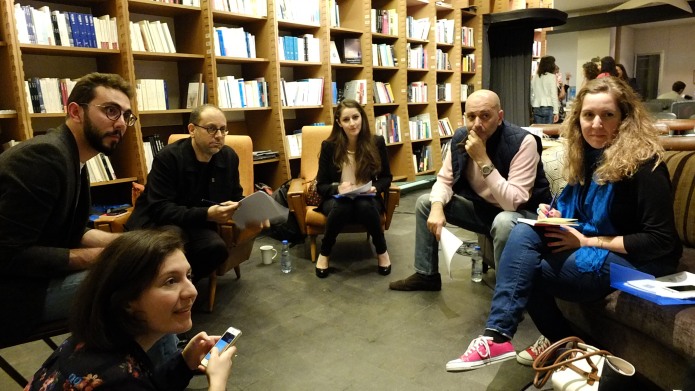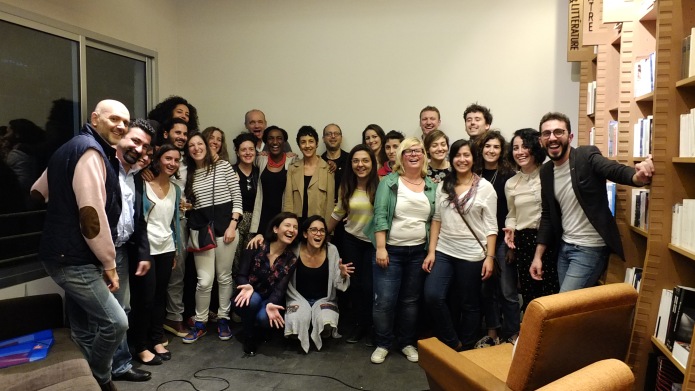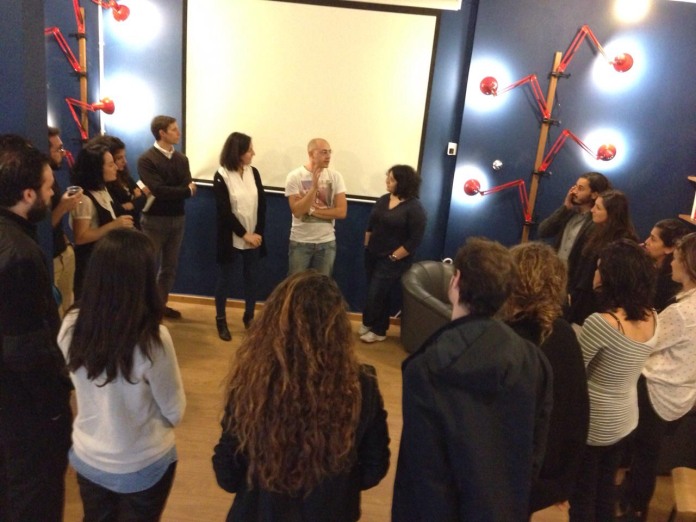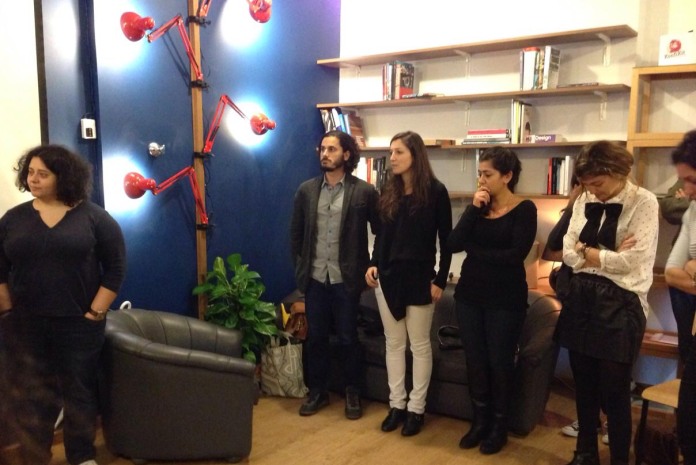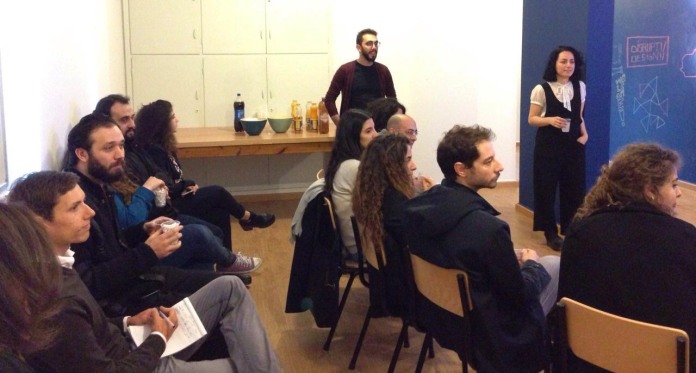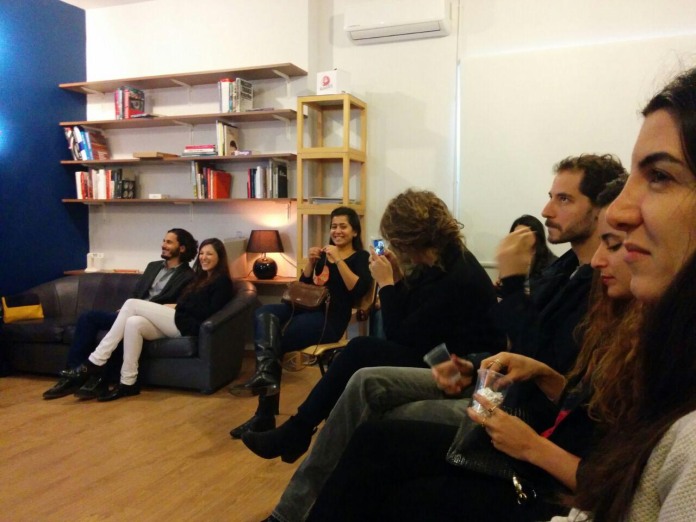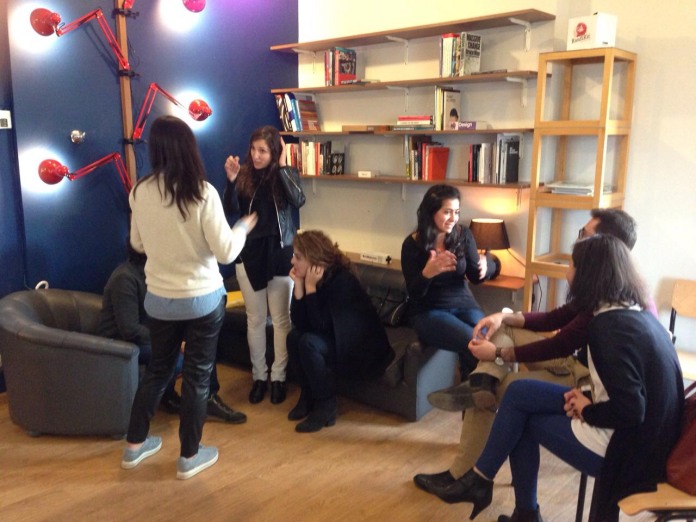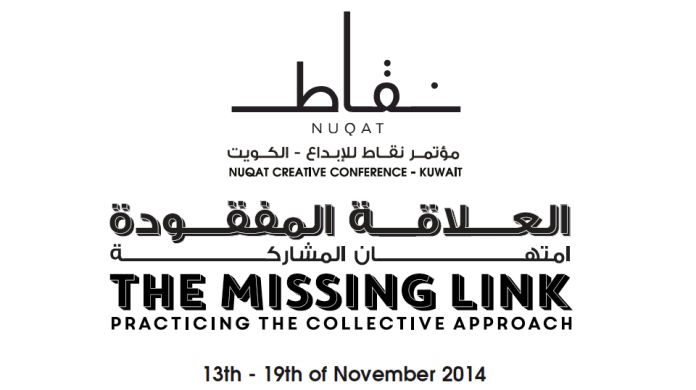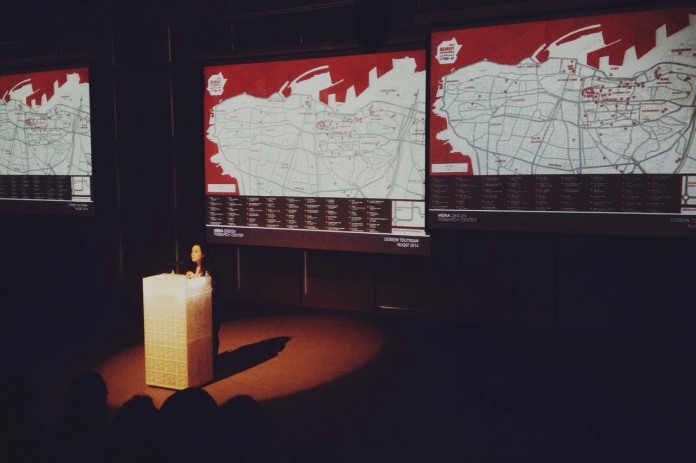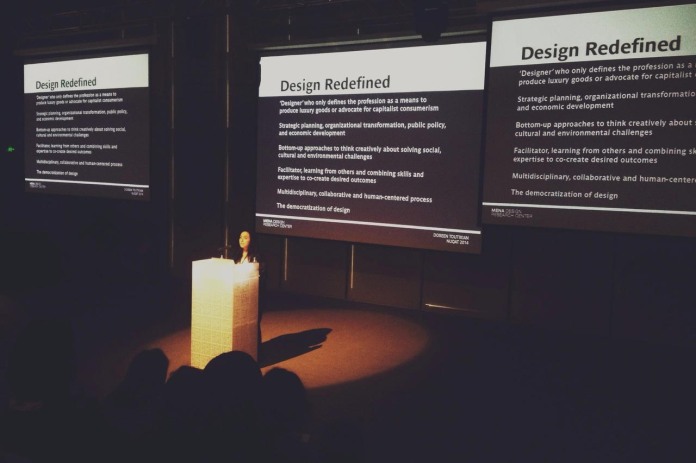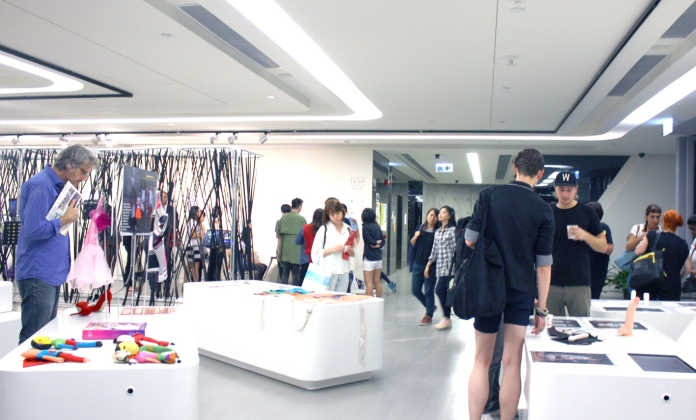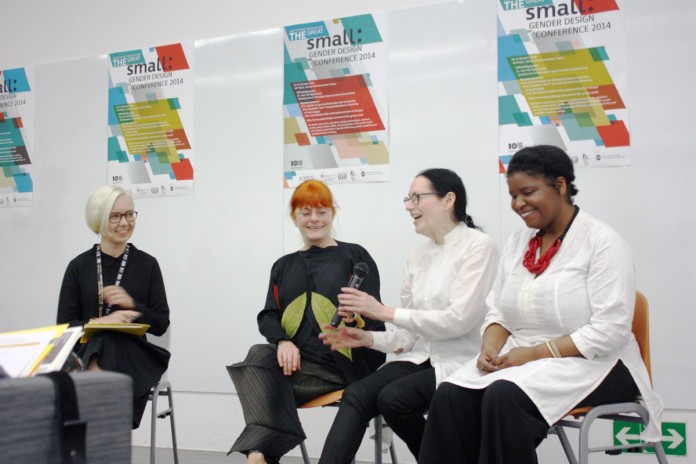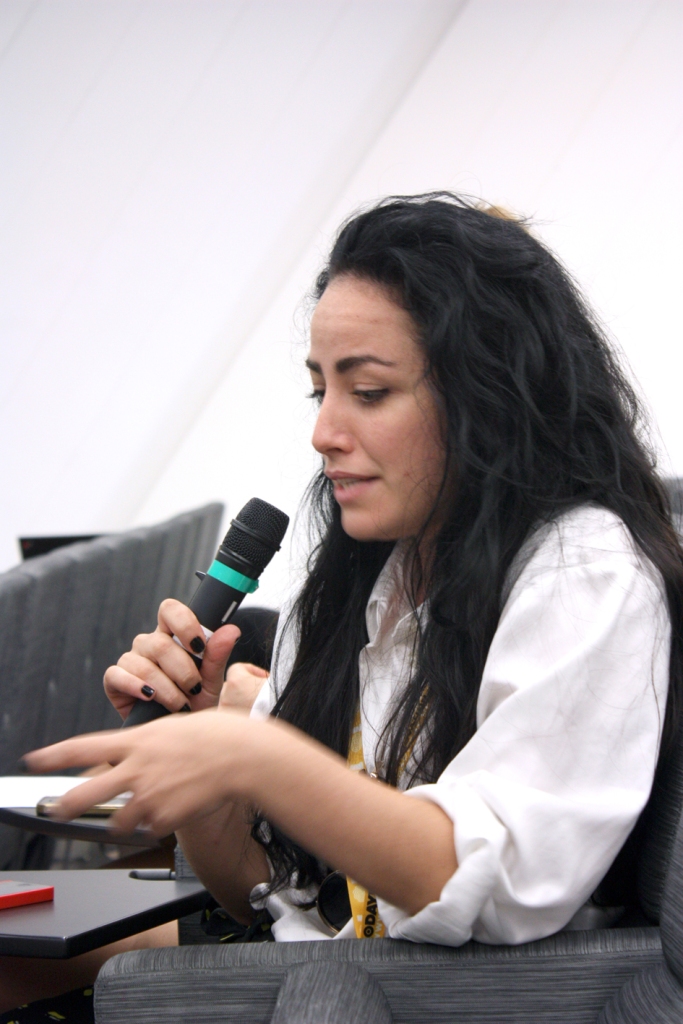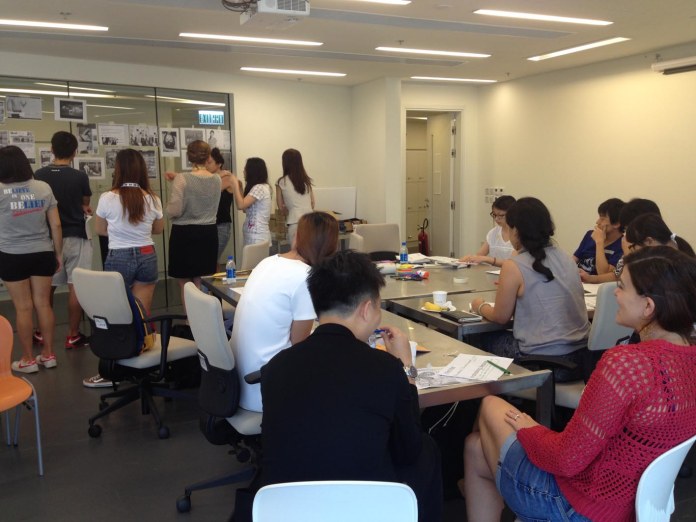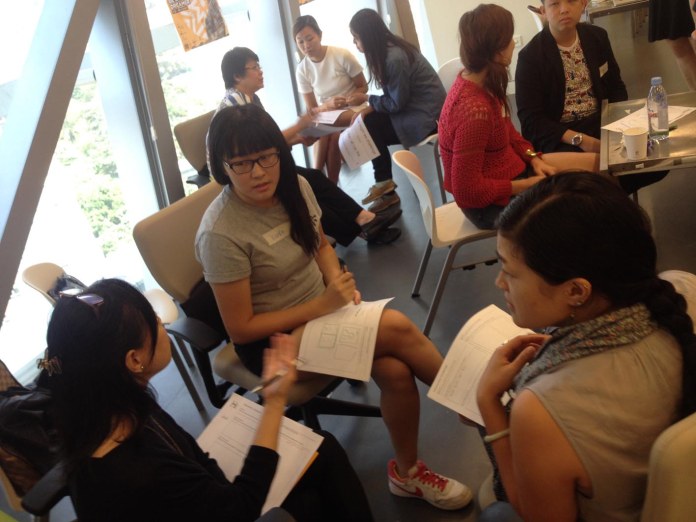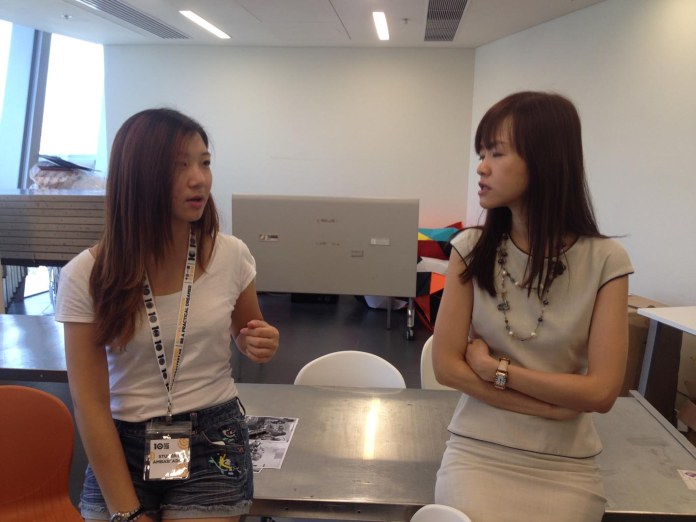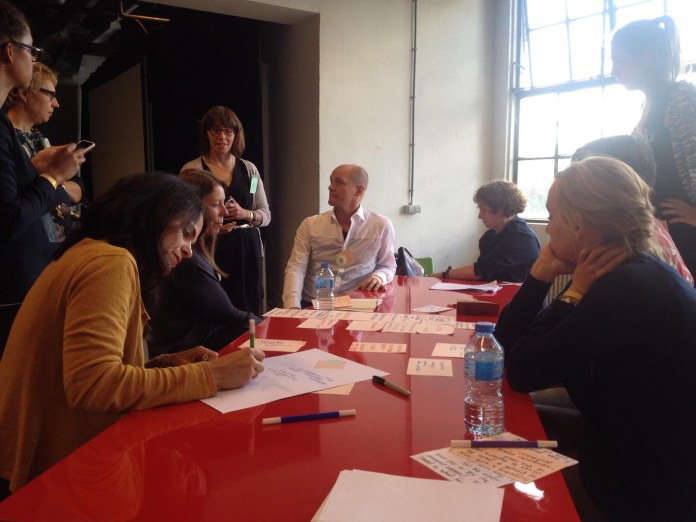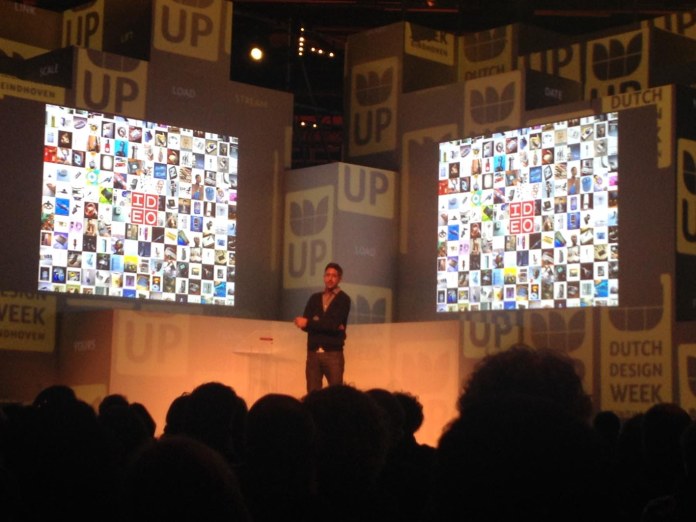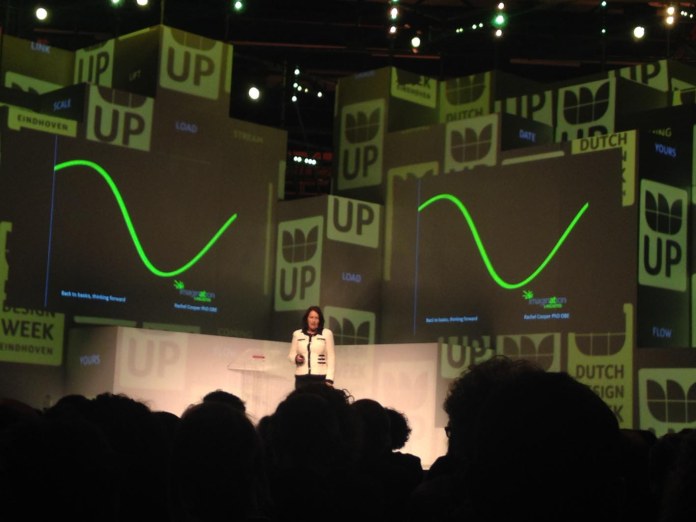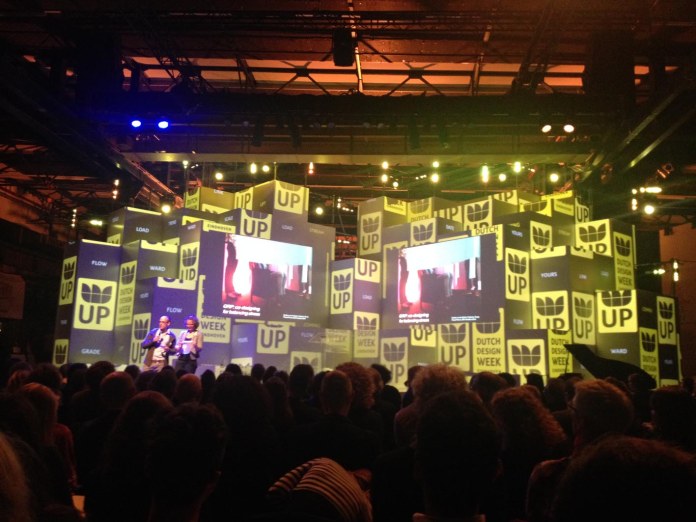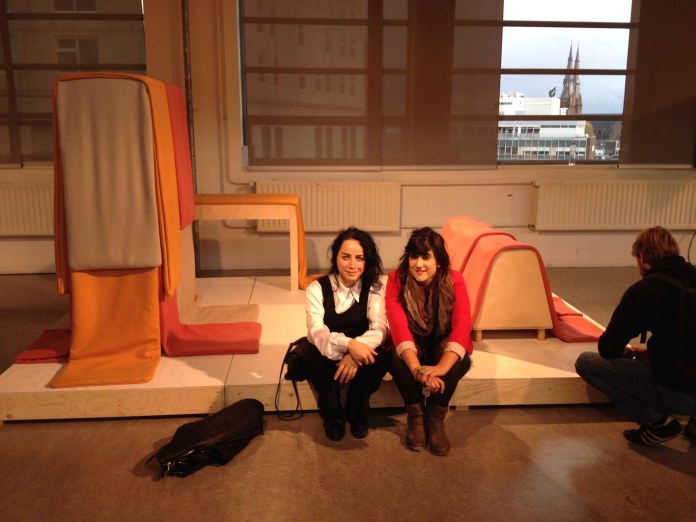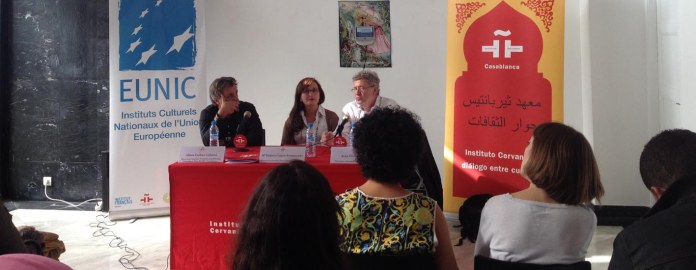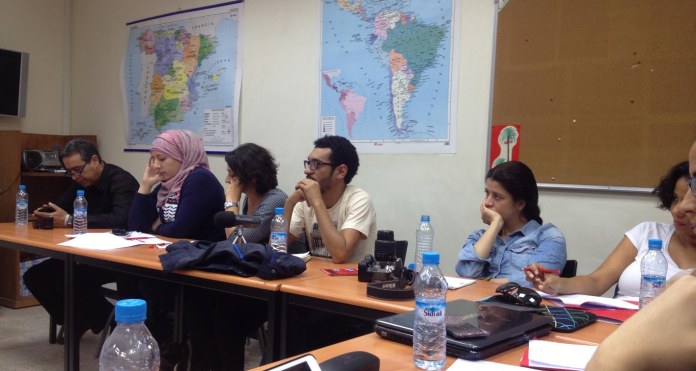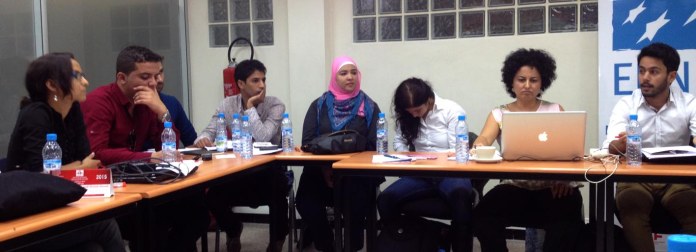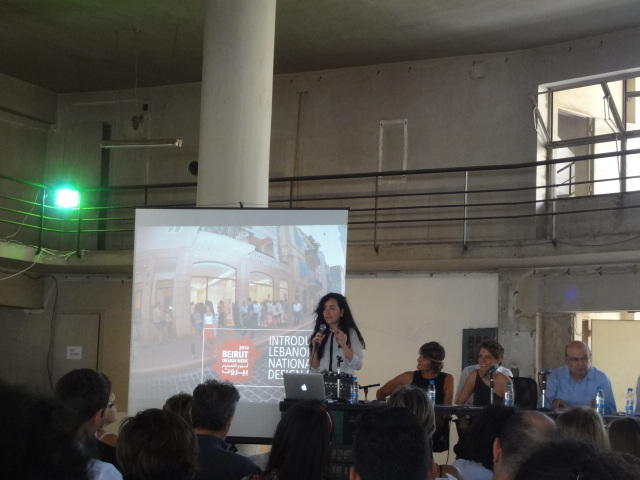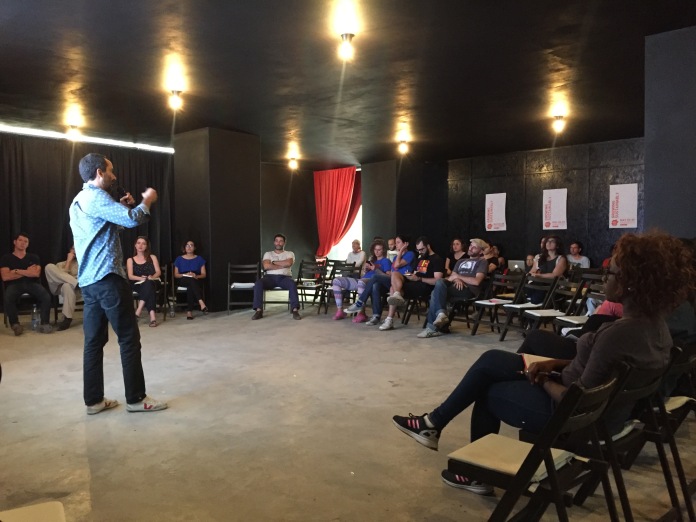 For the second year in a row, MENA DRC along with Hivos and Dutch Culture ventured to organize yet another Disrupt!/Design! ideathon for over 3 days during Beirut Design Week 2016, bringing together 11 teams that applied to the program with their ideas on developing a sustainable business. Submissions had to be creative ideas that incorporate sustainability in its core values.
For the second year in a row, MENA DRC along with Hivos and Dutch Culture ventured to organize yet another Disrupt!/Design! ideathon for over 3 days during Beirut Design Week 2016, bringing together 11 teams that applied to the program with their ideas on developing a sustainable business. Submissions had to be creative ideas that incorporate sustainability in its core values.
About the Theme
Sustainability means “development that meets the needs of the present, without compromising the ability of future generations to meet their own needs”. Although primarily focused on ecology and the environment, it also involves social, cultural and economic aspects of life. If the submitted idea was in line with this form of thinking, then the team was eligible to be part of the ideathon. It could be a product, a service, a movement or an awareness campaign that encourages more responsible behaviour for citizens in Lebanon and the MENA region. This can include recycling and upcycling projects, but also services that maintain, support and educate.

Introducing the Teams
Participation was open to all people currently residing in Lebanon of any age or background. Participants may be primarily designers, but also social workers, scientists, researchers, creatives, makers, techies, or creative people who are passionate about sustainability.
TEAM 1: Amer el Debek and Aisha Habli
Having noticed the difficulty that young businesses face during the setting up phase, this team aims to automate and streamline the business incorporation method all in a ‘one pit-stop’ website, where a startup can get a fixed cost, set-up their business in no time – all happening online for the first time in Lebanon! This will tackle many of the current difficulties in setting-up a business in lebanon such as understanding the legal framework. Aisha and Amer will combine their skills in the entrepreneurial and crowdfunding realms to bring this platform to reality.
TEAM 2: Maria EL Hajj and Aya Hoteit
CIVVIES is an urban fashion brand that works on harvesting plastic waste before it hits landfills and gives it a second life in the form of uniquely designed graphic apparel. The brand is more than just about the items it creates as it provides a full service based on an application that allows for personalization and customization of a purchase and a stronger reach into the market. Fitted into a sustainable cycle, the brand hopes to also raise awareness about plastic waste and its collection. This female trio will combine their skills in engineering, marketing and project management to bring CIVVIES to fruition.
TEAM 3: Mariebelle Aouad and Reine-Marie Zeghondi
Ex-Décor tackles sustainability with a new angle by addressing the social tradition of household decoration for both traditions and/or religious events. The team has tallied around 10 different yearly events that require their own set of decorations, objects essentially stocked away 10-11 months per years, just to be displayed once. Ex-Décor is an opportunity to sell your old decorations in exchange for somebody else’s; thus avoiding any creation of waste. This dream team of 2 business savy ladies have thought out all the details of their operation deeming it sustainable both financially and ecologically!
TEAM 4: Iskandar Anis Abdallah, Adib Ghaith, Ghaleb Hawila and Farah Mazyad
Ghain design is an initiative that aims to revitalize the craft and tradition of arabic calligraphy by integrating it to the modern household in the form of furniture. Using a mix of Origami and Arabic Calligraphy the team produces unique lighting fixtures. Each item is carefully crafted and designed to highlight both function and aesthetics. This team combines skills in the art of calligraphy, design and social media and together they hope to repurpose an old tradition and reinvigorate it among the youth.
TEAM 5: Ahmad Khouja and Mustafa Nachar
With the current waste crisis, Lebanon’s dependency on plastic bottles and cans is all the more exacerbated. Khouja and Nachar are developing a mobile compactor that runs without electricity and is able to treat both plastic bottles and cans of various sizes. This device will tackle several problems related to recyclable waste such as the lack of a regular pick-up service and the difficulty of storing plastic bottles. This will allow users on multiple scales to increase their ability to capture and redirect plastic and aluminum waste out of the normal garbage stream and into recycling centers. Ahmad has a background in environmental design and architecture that will be complemented by Mustafa’s design and crafting abilities.
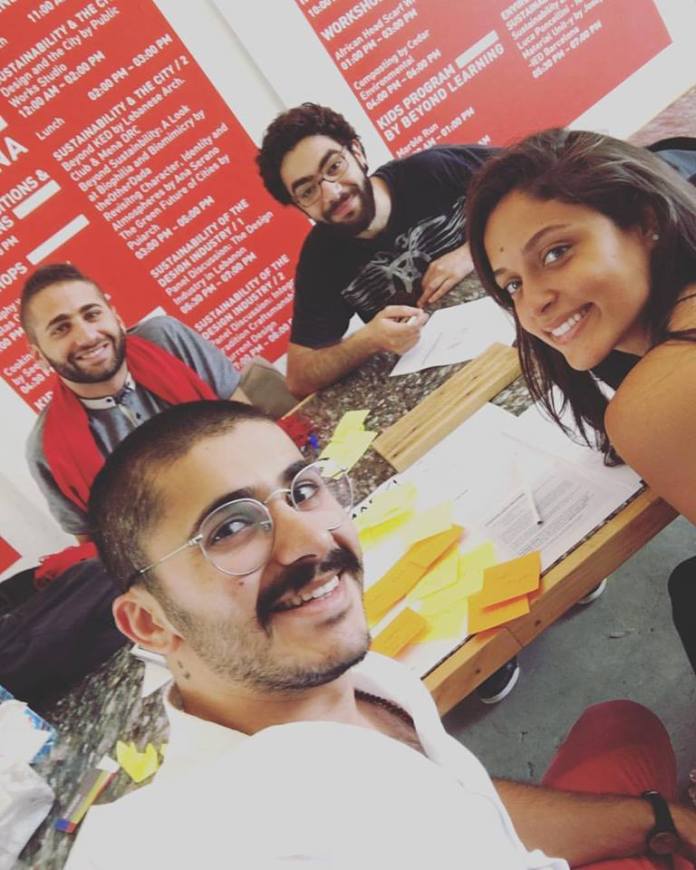
TEAM 6: Renée Abi Saad and Rita Andrew
Donations and charity are an important aspect of today’s economy. Renée and Rita would like to streamline this process to provide more resources to people in need and facilitate the process for those willing to share. They will be creating an application where users can volunteer or donate blood, clothes, money, food, etc. while organizations can build profiles and manage the donations through a merchant account. The app also delivers push notifications to alert users based on their preferences. This duo hopes to truly make a difference in their community by bringing together their passion and knowledge of economy, project management and web development.
TEAM 7: Berna Daou, Farah Jaroudi and Radwa Rostom
Based on the four dimensions of the Eco way of living, the trio Daou Jaroudi and Rostom imagined a news four dimensional approach to sustainable housing. Their goal is to co-design with communities and a team of experts, using local resources and recycled materials, a house that takes care of its residents. Their approach takes into account the context and the setting, the ecological dimensions of the household needs (such as water, energy,etc.) as well as an economical and a social dimension. All teammates have quit their jobs earlier this year and have decided to dedicate themselves to making this project a reality in Lebanon. They are currently in the data collection phase as they look for ideal sites to implement the pilot project.
TEAM 8: Alfred Bridi and Joseph Sheridan
Joseph and Alfred are tackling culturally sustainable travel with a web platform that can streamline, synthesize, and communicate the soul of cities in the MENA region through the stories of its people. The BETA version will have a specific focus on Lebanon in the hopes of driving more tourism to the country. The platform is a digital and holistic way to experience a city, for travelers and locals alike, through video-based storytelling. An inspired look at a city is provided through curated city guides and editorialized, cinematic-quality content focused on the city, its spaces, and people. Joseph has experience in building start-ups as well as understanding of middle-eastern real estate; knowledge that will be complemented by Alfred’ experience art directing.
TEAM 9: Haya Farah and Nicolas Maalouf
Tackling social sustainability, the team Farah and Maalouf hope to empower senior school students by building an interactive orientation platform. Based on a narrative format that visualizes the path of several people, the team hopes to create a more approachable format to the data, one that will inspire youth into finding a school major or a career. The website will also be complemented by a youtube channel that prepares them to the job market through passing over the power of storytelling when sharing stories, aspirations, strengths and weaknesses when job hunting or at interviews. This bold “career makeover” will be made available in Arabic and English using Haya’s experience in entrepreneurship and Nicola’s design skills.
TEAM 10: Nicole Fortin and Maya Terro
SOUPer Meals on Wheels SMW is a community-based, volunteer-driven self-sustainable food truck that aims to provide food to those in need. The proposed concept functions on two separate shifts, during day time hot meals are delivered to different communities and at night the truck transform into a traditional street-food service, selling pizza to paying customers! SMW’s mission addresses the issue of food poverty with an emphasis on communities with a high risk of becoming food insecure. In doing so it also highlights the environmental problem of food waste by tackling and raising awareness on the food rescue. As one of the founders of Food Blesses Maya hopes to bring her experience with food and community work into this initiative while Nicole will bring her environmental policy know-how!
TEAM 11: Jesse Bowley, Jeanne Fouchet and Adrian Perez
Harvest is an initiative to develop a DIY kit for indoor and simple mushroom growing focusing on distribution in the MENA Region. This project hopes to tackle the disengaged relationship of the modern urban dweller with the food he consumes. Mushrooms are a high yield crop with a fast growth rate, requiring minimum technology and expertise to cultivate. In addition to its high nutritional value, a great advantage of mushrooms is that they grow primarily on waste material ranging from agricultural waste to cardboard. The main target of this project is educational urban agencies to disseminate the message of urban/indoor gardening to the youth. Adrian, Jeanne and Jesse will be working together bridging between art, design, cuisine and sustainability.
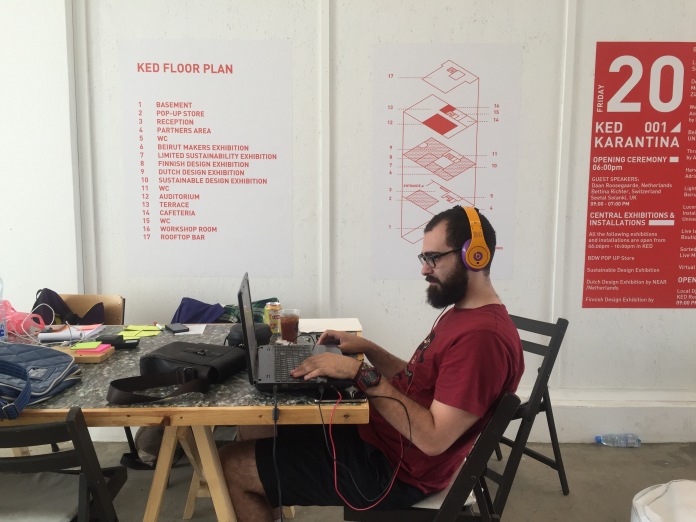
The Ideathon Program & Mentors
The program of the ideathon is divided into a series of sessions throughout the three consecutive days. The sessions are designed in such a way where the mentors introduce the subject to the teams, and then the teams are given tasks to implement before the next session starts. The sessions include tools from Design Thinking methods incorporated into business models such as The Business Model Canvas, Stakeholder Maps, Product Positioning strategies, Value Proposition, Core Value Summary, Accounting & Financing, and Progress Reporting. The mentors for Disrupt!/Design! 2016 were Diala Lteif, Eric Klarenbeek, Doreen Toutikian, Vrouyr Joubanian, Marc Metni, Waleed Jad, Roy Letterle, Nicole Hamouche, Antoine Karam, and Asil Sidahmed.
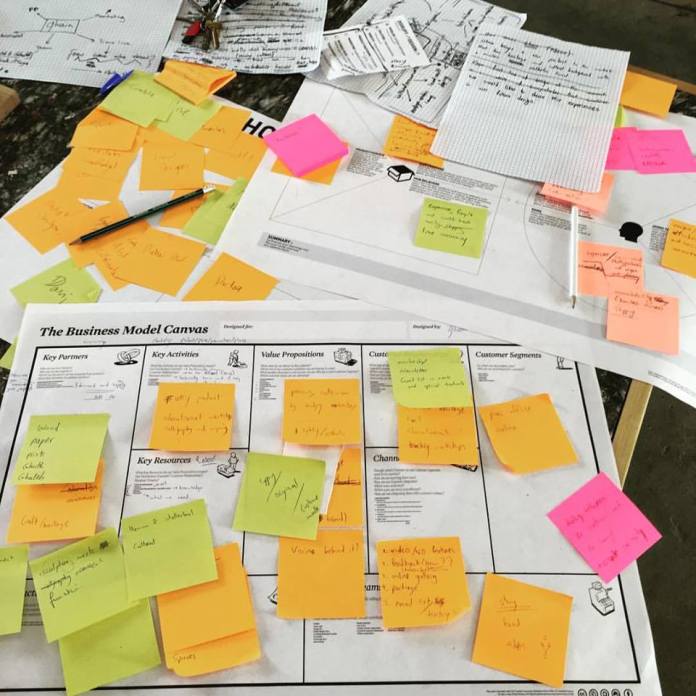
Final Presentation Jury
At the end of the 3-day ideathon, the teams pitched their project concepts using storyboards and prototypes to the panel of jury members, who selected 2 winning projects and rewarded them with cash prizes.The jury members were Ziad Abi Chaker, Nathalie Fallaha, Eric Klarenbeek and Dima Boulad.
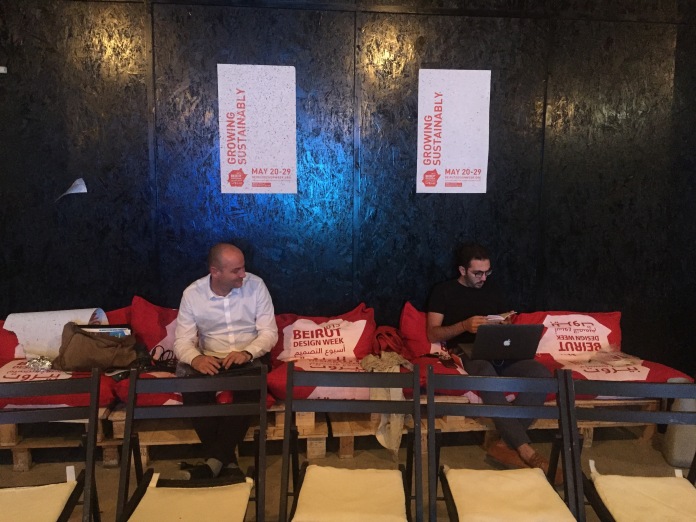
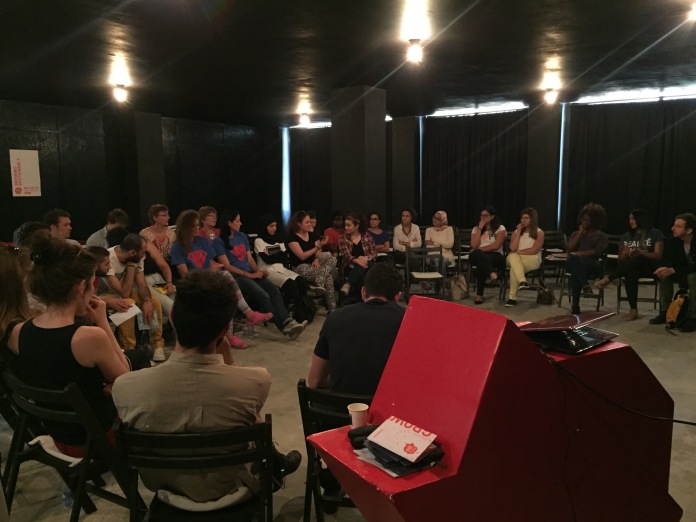 The Winners
The Winners
1. Berna Daou, Farah Jaroudi and Radwa Rostom: Sustainable Housing
2: Ahmad Khouja and Mustafa Nachar: Kabseh Kabsten
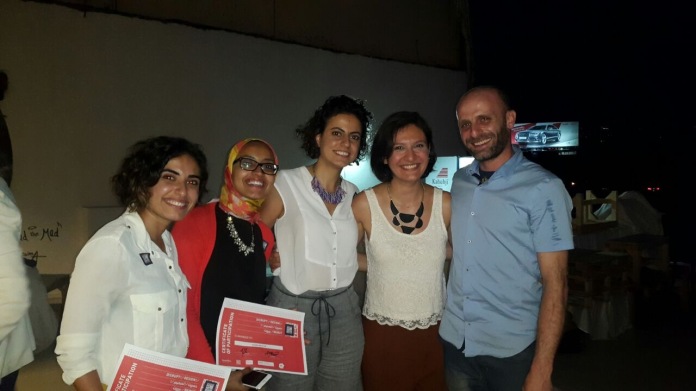
MENA DRC would like to thank Hivos and Dutch Culture for supporting the Lebanese community to keep building sustainable projects and helping the youth with developing their ideas into achievable business plans.
